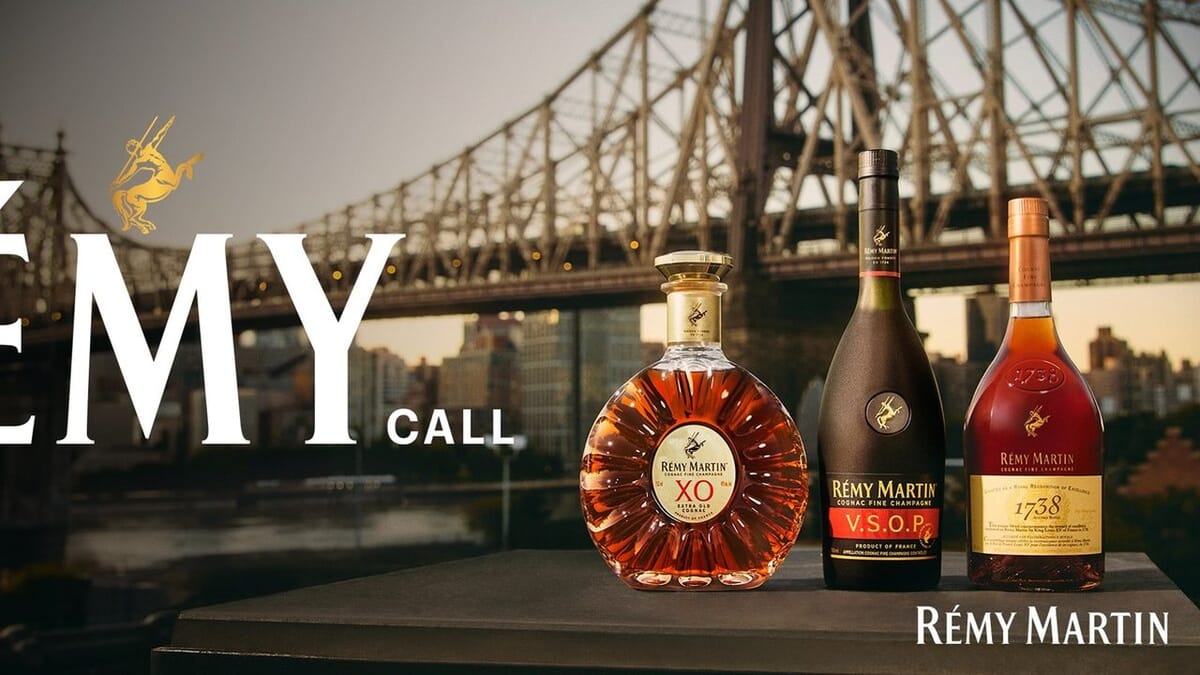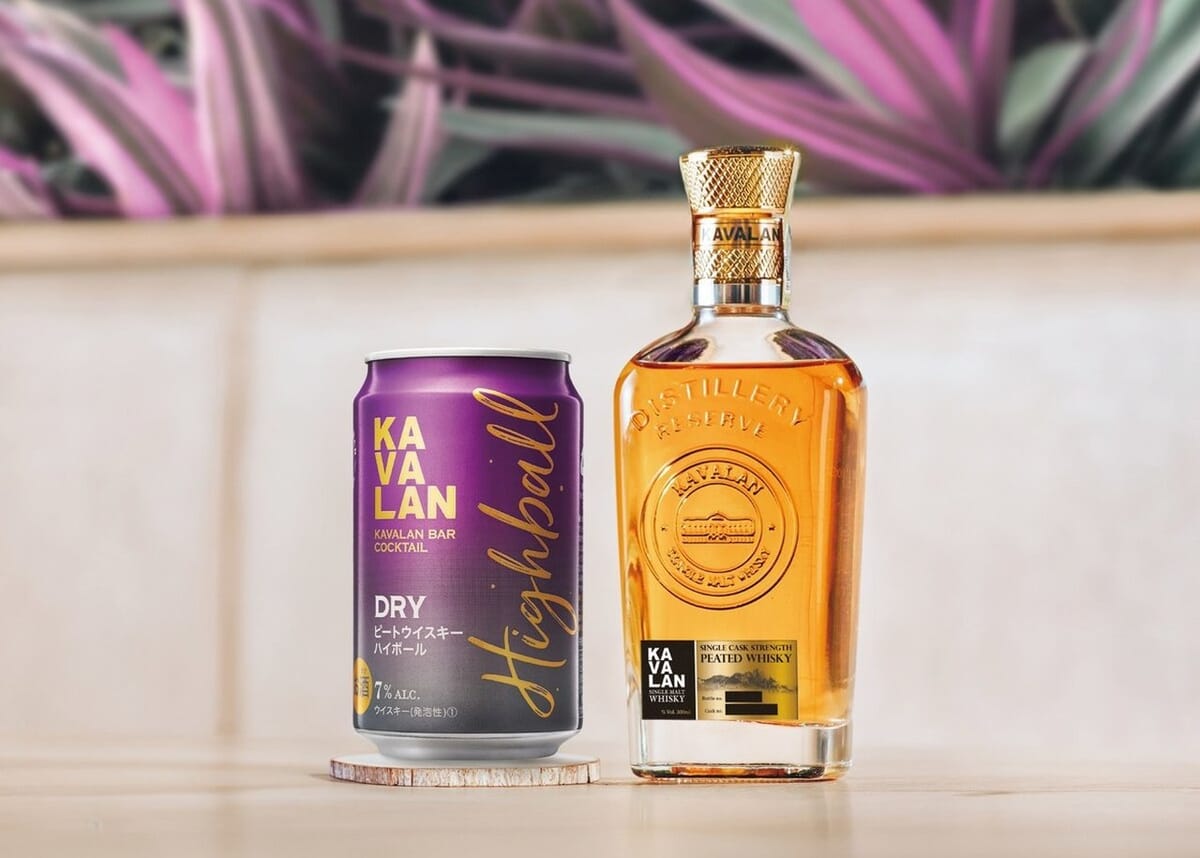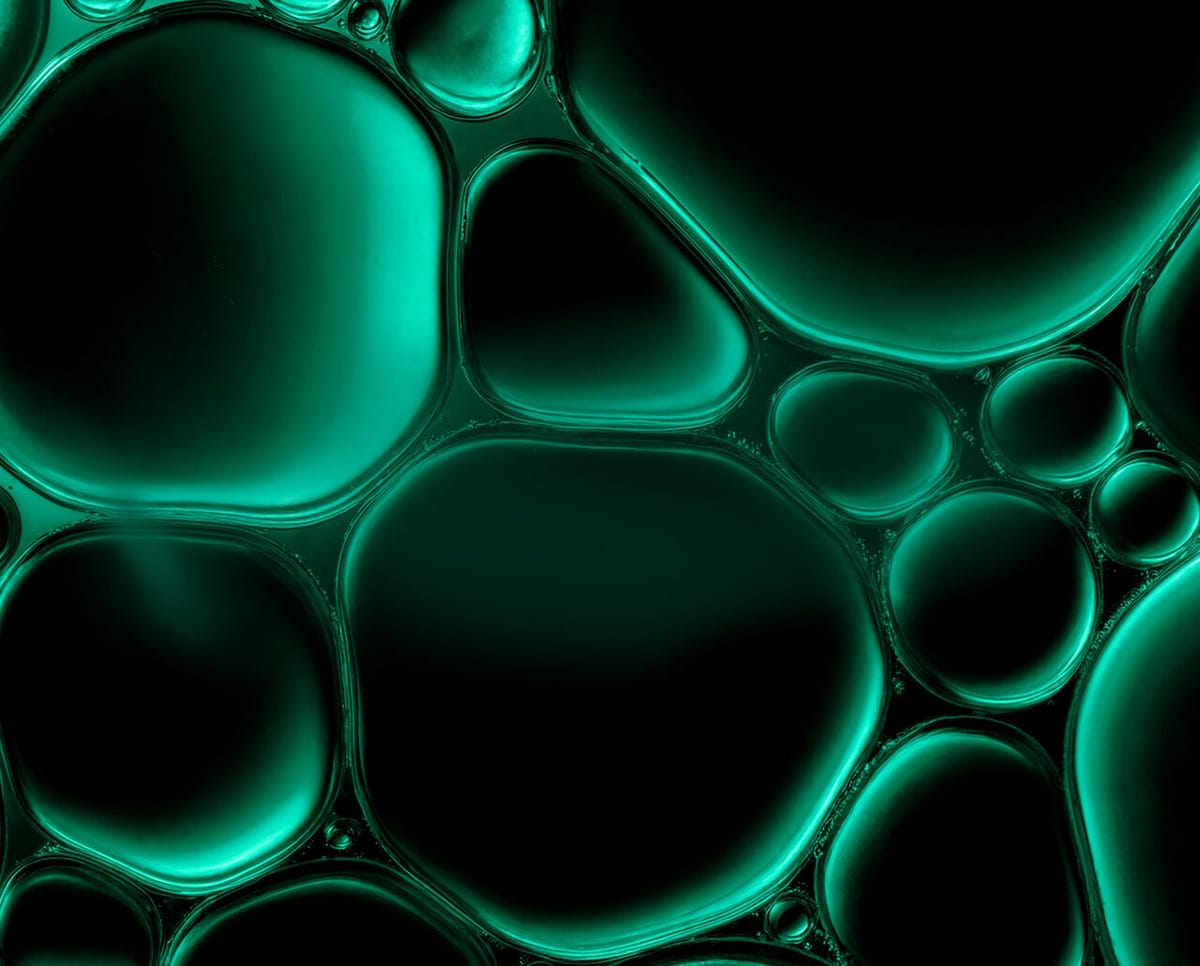Soju, Korea's little-known spirit
Ever heard of soju? Chances are you haven’t, even though it’s the world’s top-selling spirit. South Koreans knock back hundreds of millions of liters every year, leaving little for export, one reason the drink still flies under the radar elsewhere.
Several Types of Soju
Modern Soju
When we talk about soju, we first need to be clear about what we mean. In fact, soju comes in several styles; the most common is modern (or diluted) soju, dominated by the Jinro brand.
These bottlings begin with an industrial neutral spirit (think a vodka-style base), often distilled from cassava or sweet potato. After dilution, the spirit is lowered to 16–20% ABV before bottling.
Sweeteners and flavorings have also become commonplace in recent years.

Traditional Soju
At the other end of the spectrum lies traditional soju, which makes up barely 1% of total sales. Rooted in centuries of tradition, it’s made in a single-run pot still and is usually rice-based. The rice is steamed and then fermented with nuruk (an enzymatic starter) that converts starch into sugar and then alcohol. The resulting rice wine (wonju) can also be enjoyed after dilution ; at that point, it’s known as makgeolli.
Unsurprisingly, traditional soju (much like Japanese honkaku shochu) is far more expressive and aromatic than diluted soju.

Availability in Europe
In Europe, you’ll sometimes find soju in Asian grocery stores, mostly the mass-produced versions, with Jinro out in front.
Tracking down traditional versions is trickier, but the effort is well worth it!







